Does Russia have a chance of leadership in the "marathon of artificial intelligence"?
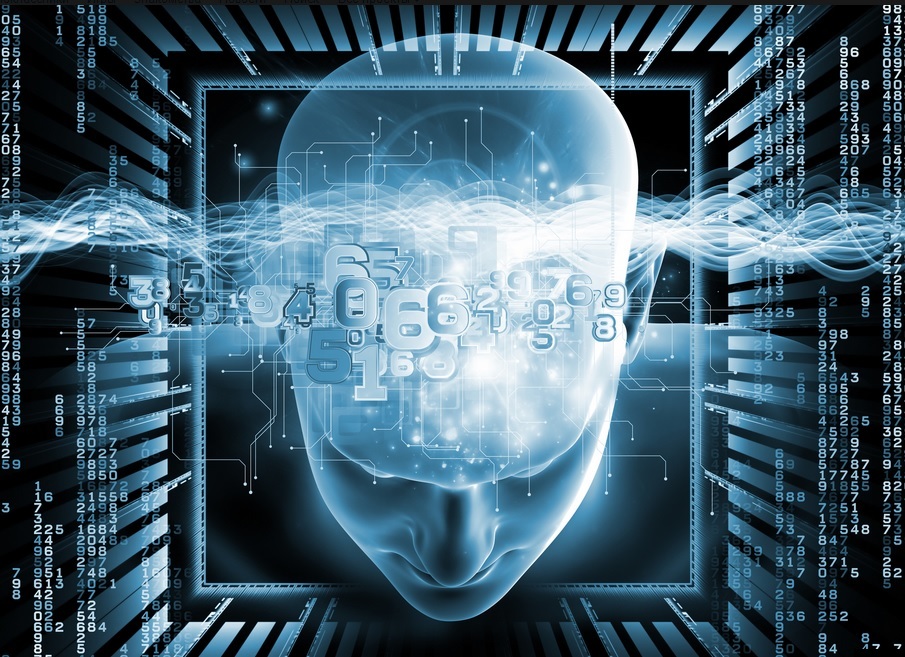
Today, computer programs are beginning to replace accountants, vendors, translators, and even journalists. According to the UN report, robots will soon occupy 2/3 of the available jobs in developing countries. How true are fantastic films and is it possible to speak now about the full development of artificial intelligence?
In order to answer this question, let us follow the development of the main functions of AI - analytical, communicative and creative - in Russia and abroad. The subsection of the science of artificial intelligence, whose task is to “train” a computer “to think” (and therefore, to analyze data, identify hidden patterns and solve complex tasks on the basis of them) is called machine learning. Without exaggeration, these studies are at the “cutting edge” of science, and the largest and most technologically advanced corporations in the world (including Google, Microsoft and IBM) are working in this direction. The services they develop, such as the Google Predictions API, Microsoft Azure and IBM Watson, allow you to create knowledge models based on large structured data.

Figure 2. The evolution of information on the Internet.
')
It is important to note that the data processing algorithms in such services are not hard-coded, they can independently identify patterns and make certain conclusions. MIT Technology Review included machine learning based on the results obtained (reinforcement learning, when the program conducts experiments and “learns” from its mistakes) in the top 10 most advanced, breakthrough technologies of 2017.
Already, IBM Watson diagnoses cancer with an accuracy several times higher than experienced diagnosticians. The exponential growth of computing technology (shown in the graph) demonstrates the accelerated development of the capabilities of such systems. It should also be noted that despite its technological complexity, these programs have a simple and friendly interface, which allows any user to use them.
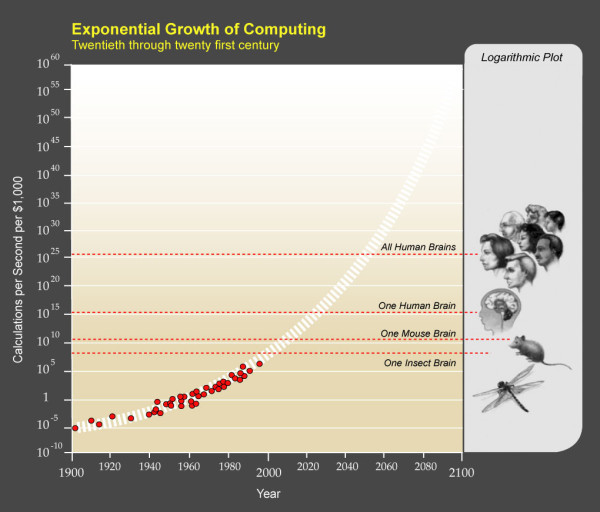
Figure 3. Exponential growth of computational capabilities (according to Raymond Kurzweil).
Similar systems are developing in Russia. Thus, the head of the Skolkovo Robotic Center Albert Efimov reported on the development of the Sotsmedika system, which, according to the creators, should become a “real competitor” to the aforementioned Watson project.
Another Russian development - the Brain2 platform of the “Cognitive Systems” company - concentrates on fast processing of bigdata in the knowledge neural model for AI systems. For example, a neuromodel for estimating the value of real estate (House Prices), trained on 79 parameters of 1461 real estate objects, is able to predict the value of a property with a minor error (RMSE = 0.42), which is equivalent to an experienced real estate expert. In this case, the training model took only 20 minutes. For comparison, an experienced programmer-math will take at least 30 hours to solve a similar problem using the best free machine learning library Keras (TensorFlow), and the result will be slightly better (RMSE ≈ 0.32).

A photo
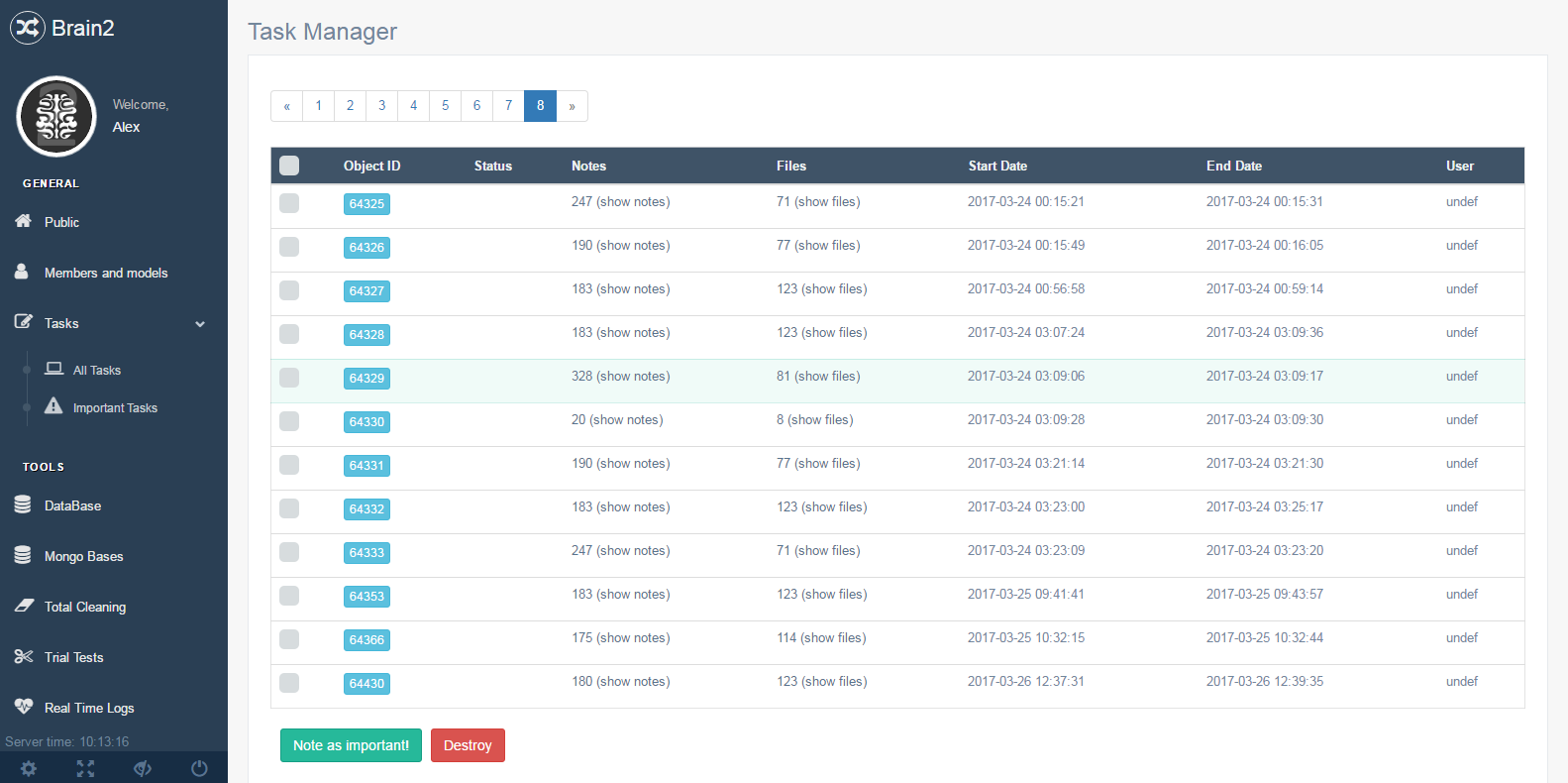
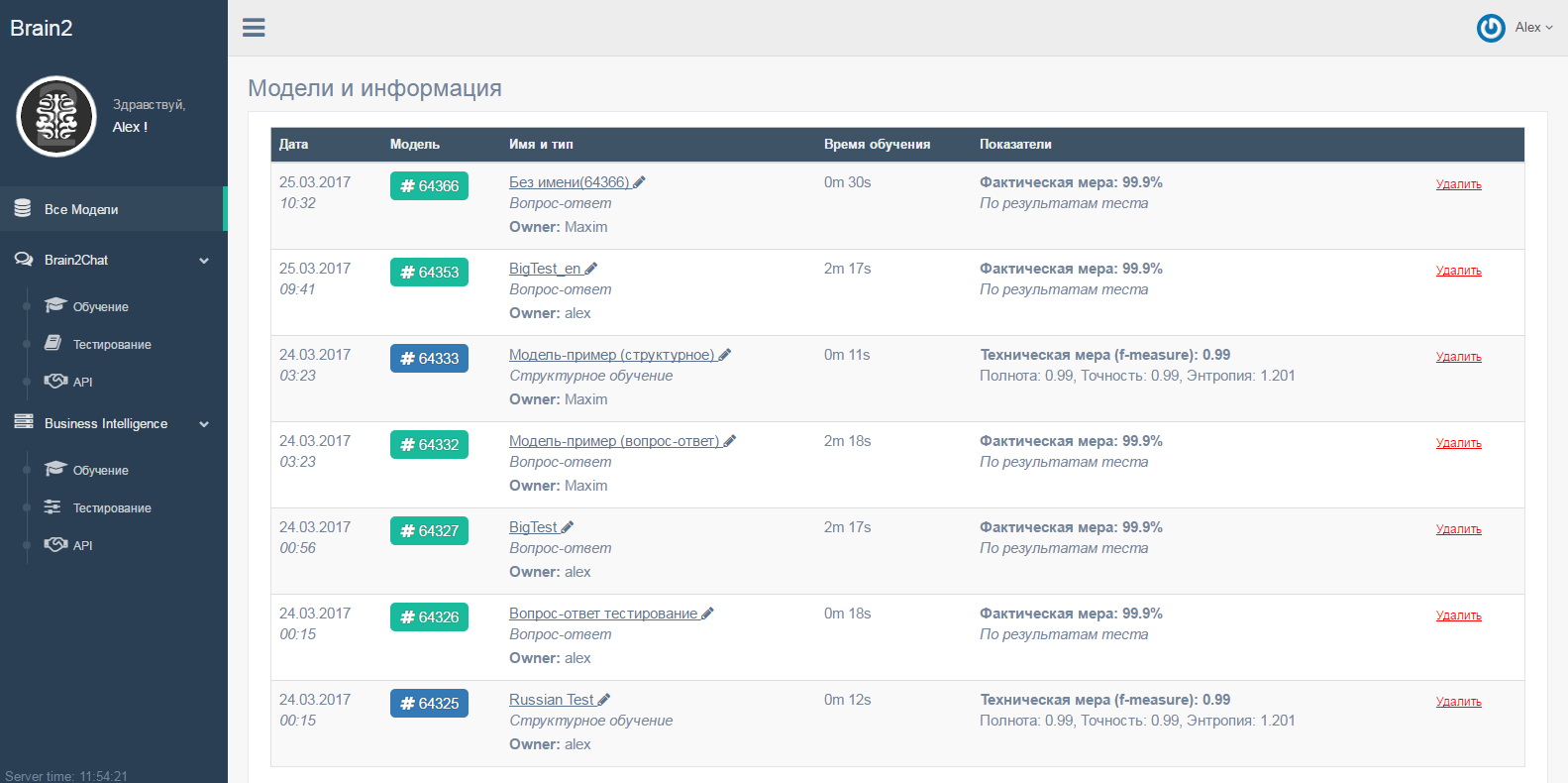
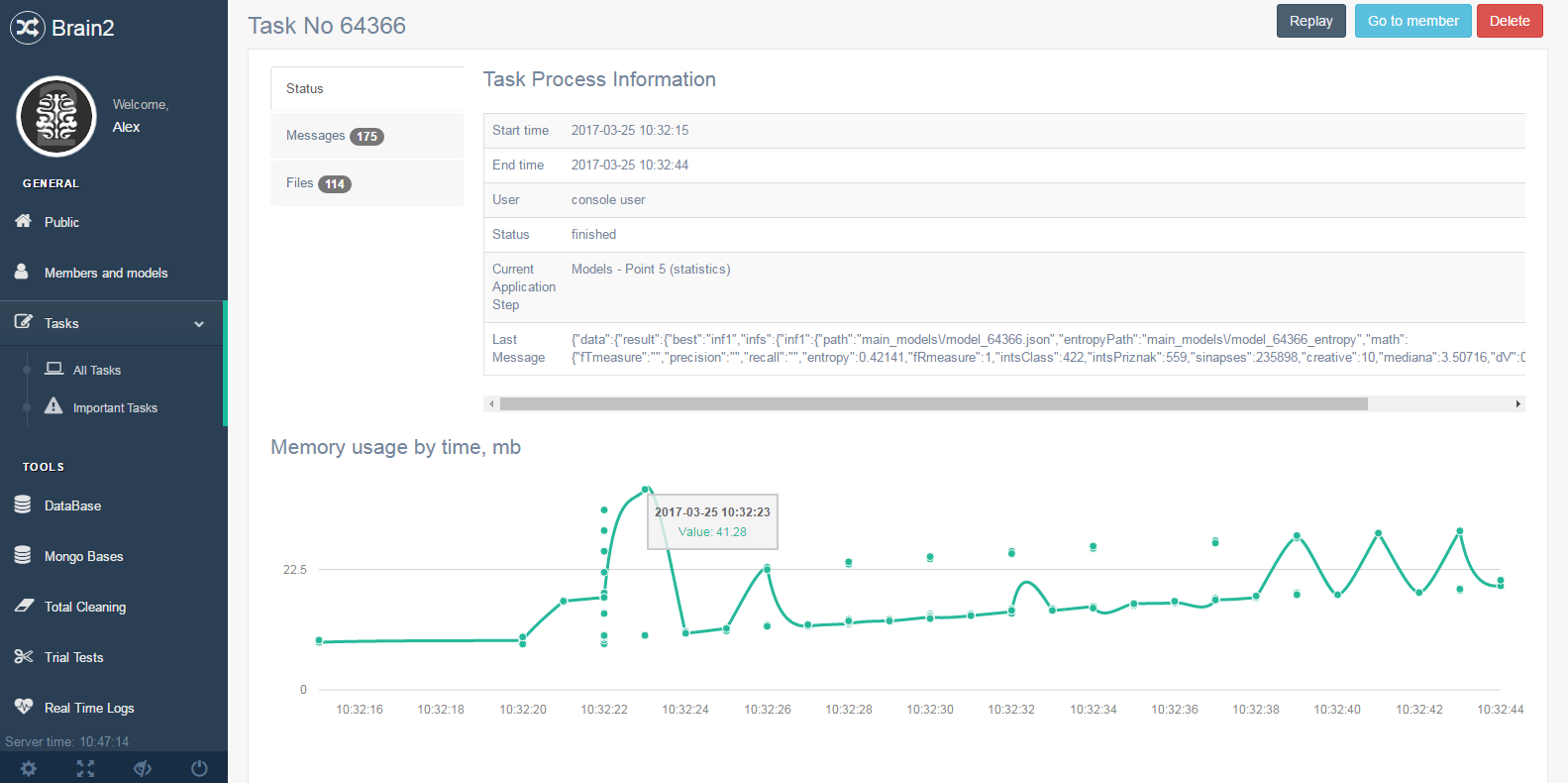




With a significant difference in the financing of projects, domestic developments are not inferior, but somewhere even surpass foreign counterparts. So the model created in the Google Prediction service, for solving the already mentioned House Prices task from Kaggle (a service for holding competitions among machine learning specialists) shows RMSE = 7000, which is tens of thousands of times worse than in Brain2.
Other Russian projects in the field of AI are indicated on the map:
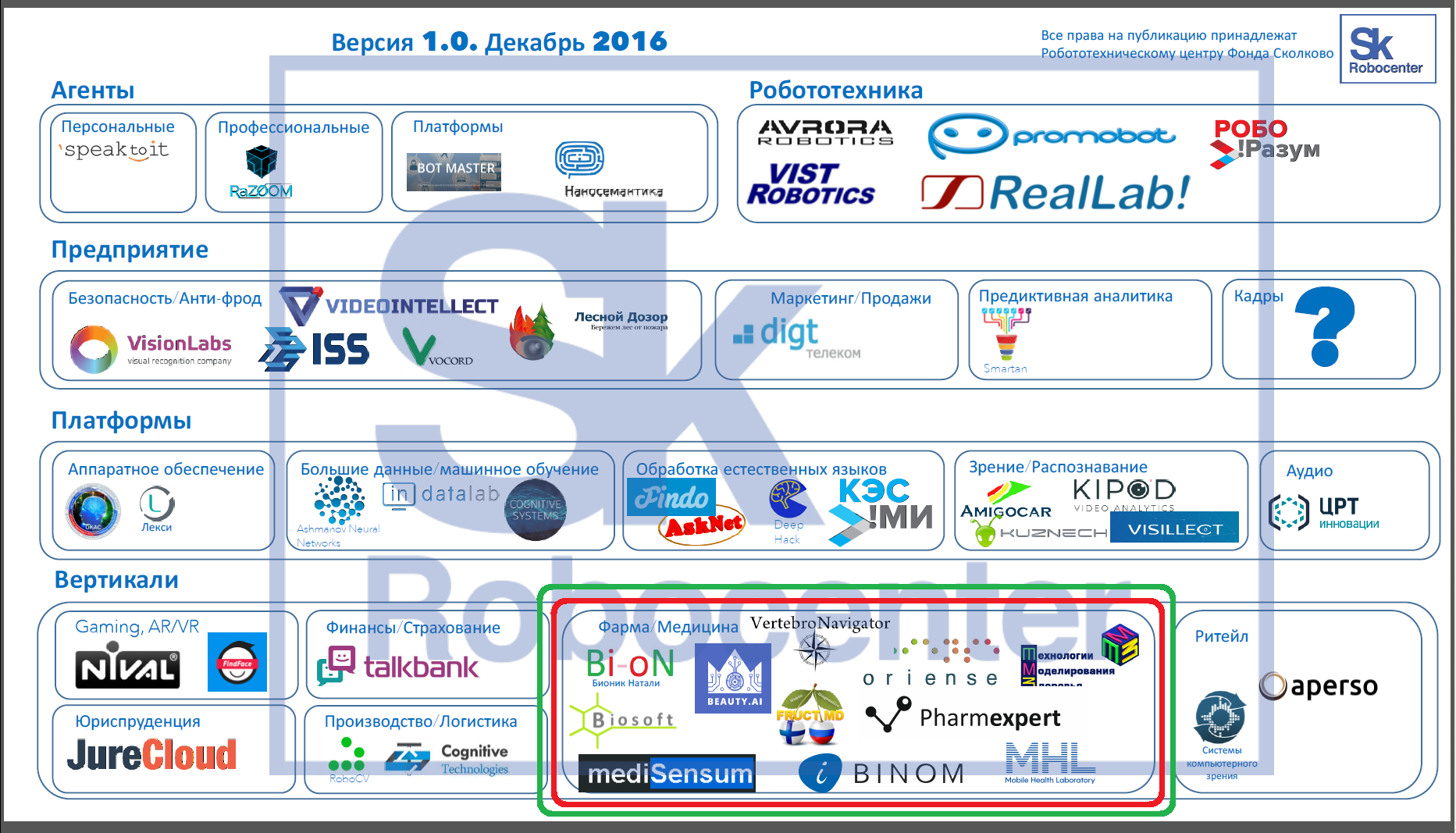
Figure 4. Map of the Russian AI.
And yet, the development of the analytical function of machines is not news, but how much is modern AI able to communicate with a person? The most famous example of such communication is the Siri and Google Assistant assistants installed on Apple and Android devices, respectively. Both of these programs have significantly advanced in the recognition of natural speech and the execution of small instructions (write a message, make a note), but have not learned how to synthesize their own answers to questions, since both Siri and Google Assistant can respond - “reading out” the sentences found. Released by Amazon in 2014, Alexa works a little harder - it synthesizes the response based on ready-made templates. Finally, the Chinese robot Xiao Nan, who is famous for writing an article for 300 hieroglyphs in 1 second, has the most advanced technology at the moment. Examples of the text synthesized by the program are listed below: “Apple’s first-quarter earnings forecast on Wall Street”; "The August consumer price index rose by a 2% record high of 12 months"; "Anju Mianyang 4.3 earthquake occurred," "The Olympic Games, women's table tennis in the single quarter finals of Ding Ning (China) 4: 0 is easy to cut round."
Of course, Xiao Nan will not be able to replace a human journalist: there are problems with the coherence of the text, in addition, Xiao Nan does not know how to interview and ask additional questions. Nevertheless, this project is one of the few where the robot finds and synthesizes arbitrary text without an explicit template.
And what about us? A banal comparison of the rating based on the ratings of tens of thousands of Google Play users shows that the voice assistant “Dusya” created by domestic developers is not inferior to the same Google Assistant. The restriction of “Dusi” is the same as that of other voice assistants - the program gives only ready-made answers to the questions asked (although the Dusi system allows you to create your own functions by writing scripts, which does not fundamentally change the functionality of the program, but somewhat expands the scope). But the aforementioned Brain2 can synthesize its own answers to questions.

For example, a neuromodel developed on the basis of the text of the Sberbank strategy (or rather, 7 multi-layer neuro Bayesian models with the FuzzyArt structure) is able to search for relevant tokens and synthesize the answer from them in the form of a sentence. This model can be used as a “smart” chat bot assistant, and the accuracy of the word selection for system responses is 0.86, and the correctness of synthesizing the answer from the selected words reaches 0.91.

Figure 5. Model Brain2Text .
In recent years, not only analytical and communicative, but also the creative function of machine mind have been actively developing. The most difficult of them is meaningful poetry. Of the achievements, we can highlight the joint project of Google and the Stanford and Massachusetts Universities on teaching AI to write poems. One of the results is as follows:
there is no one else in the world.
there is no one else in sight.
they were the only ones who mattered.
they were the only ones left.
he had to be with me. she had to be with him.
i had to do this. i wanted to kill him.
i started to cry. i turned to him.
Do not lag behind and domestic developers. For example, Yandex employees Alexey Tikhonov and Ivan Yamshchikov released the album Neural Defense, consisting of songs and poems written by a robot. The algorithm created by them wrote texts in the style of Egor Letov, the founder of the Civil Defense group, and Tikhonov and Yamshchikov performed them. The album begins with the words: "Waiting for miracles, impossible miracles."
Another Russian project "Pushkin" of the company "Cognitive Systems" aims to teach AI to write poems in the style of the sun of Russian poetry (quatrains with 4-foot iamba). For this purpose, models have been developed for the definition and selection of rhymes, word stress, and work is underway on a model of semantic associations for a group of words and combinations of text.

Figure 6. The project "Pushkin" .
Perhaps tomorrow we will live in a new world. In a world where programs will solve complex problems - to drive cars, build houses, carry out diagnostics and surgical operations - all this is under our control while maintaining a lively dialogue between man and machine. Will Russia be able to take a worthy place in this new world? Time will tell. One thing is for sure: starting positions in the “marathon of artificial intelligence” in our country are not bad.
References:
1) Robots threaded thirds of developing country jobs, // UNCTAD.
2) 10 Breakthrough Techonlogies 2017 // MIT Technology Review.
3) E. Konchalovskaya: Whose jobs can computers and robots pick up by 2030? // TheQuestion portal.
4) Skolkovo resident will help doctors not to be mistaken // Polit.ru
5) Robot journalist Xiao Nan wrote his debut article in a second // “Vesti” portal.
6) Small South // Southern Metropolis Daily.
7) Google AI project poetry poetry Vogon proud // The Guardian.
8) Neural defense // Yandex music.
Source: https://habr.com/ru/post/402627/
All Articles